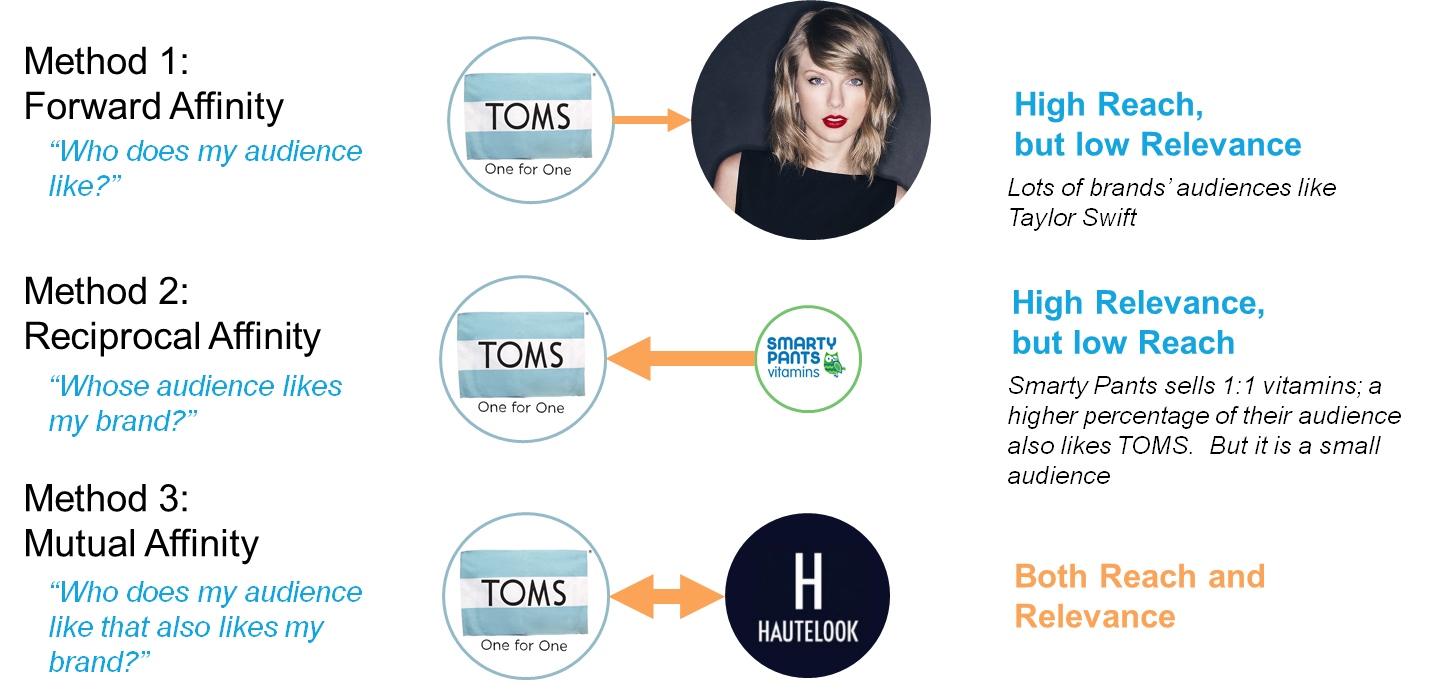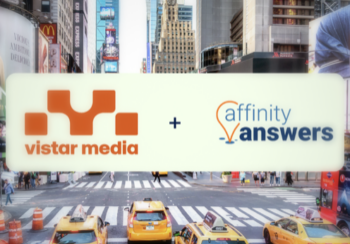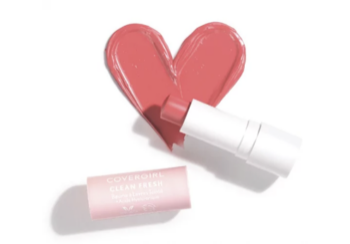The Secret Lives Of Brands
As marketers, we’ve all been guilty at some point of falling in love with our brand. When you believe in the company mission – the compelling “why” of your brand – and spend a good portion of your life promoting the brand, you can fall into the trap of idealizing it and beginning to see it as the center of all things. But just as no man is an island, brands do not live in a vacuum. Many other companies are competing for mindshare of the consumers in your audience. Sure, some are competitors, but many others are not. Yet their messages, their advertising, their social presence are all impacting your branding efforts. All it takes is a visit to Times Square, a few minutes watching a NASCAR race, or even a brief session of internet surfing to realize that others’ marketing and advertising impacts your own brand.
While the competition and noise certainly makes standing out harder, marketers can also use consumers’ relationships – or affinity – with other brands to their advantage.
What is brand affinity? It can be defined by three directional tendencies: forward affinity, reciprocal affinity, and mutual affinity. Let’s say you’re looking for the right audience for your branding campaign. If you need a large audience, it can be tempting to just examine the consumer and entertainment brands your customers like, known as forward affinity. You will certainly find a large audience with this approach, but popularity will drown out relevance, and your top affinities will be the celebrities du jour such as Taylor Swift, Beyoncé, or Katy Perry. You can try the reverse approach (reciprocal affinity) and look at brands’ audiences that have affinity for your brand. This will deliver a more relevant audience, but will be harder to scale, as many audience segments will be smaller than your own. To optimize reach-relevance, you need a combination of both, or mutual affinity. These are the brands that your customers like, whose audiences also have affinity for your brand. Or, to think of it in the parlance of a middle schooler, it’s like finding out someone you like already has a crush on you.

Traditionally, affinity has been measured much like brand recall, through surveys and sampling. But now with the unprecedented scale of digital and social media, modern marketers can use the vast amounts of public social data as the world’s largest focus group. Monitoring social engagement provides a way to capture both the conscious and unconscious influence a brand has on consumers. By analyzing the engagements of this large audience, marketers can measure – at scale – how much affinity an audience has for a particular brand.
At AffinityAnswers, we analyze the social interactions of 400 million consumers with over 60 thousand brands on their public social pages on Facebook, Twitter, and Instagram, allowing us to understand true consumer brand affinities. We have derived this methodology specifically to serve branding activities; we are interested in understanding the best consumer signals so that we can help inform the best branding campaigns. Predictive analytics help us identify customer buying habits, both past and future.
Instead of merely tracking Facebook page likes or Twitter followers, the best results come from modeling audiences using active social engagements such as content likes, photo posts, comments, retweets, replies, hashtags, etc. (remember when you liked the show Chuck back in 2008?).
With our algorithm, we can uncover relationships between brands that no one knew existed. Not only do we discover these relationships, but we track, score, and catalog them over time – building the industry’s first complete brand affinity graph.



